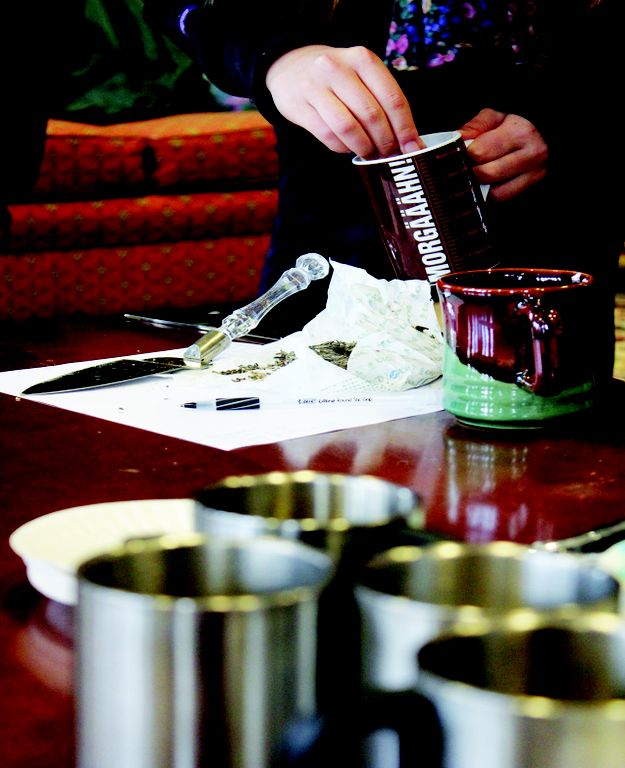of blacks is acceptable proof that something is wrong,” (Oct. 29, 1971).
For Voice reporter Lorrie Sprague, the question of whether racism existed on the College’s campus seemed to be answered when boycotters flooded the field. As the black students presented their demands to the audience, white attendants of the homecoming game shouted, “get your black ass off the field,” and encouraged the band to “trample them” while most of the crowd booed the black students.
However, unlike Gilbert and Sprague, Bruce did not seem to believe that the interracial turnout and audience response to the boycott meant that there was something fundamentally wrong within his department. His attitude toward the concerns of his players was that if there was no proof, then there was no case. However, as student Bob Nye pointed out, “One must recognize that racism need not be overt to be real and that it is exceedingly difficult to ‘prove’ an attitude,” (Oct. 29, 1971). As stated in their first demand, the boycotters were not there to protest overt instances of racism but the “prejudicial attitudes” the coaches had toward students.
Bruce’s response to the players and the prideful invitation for investigation served to mitigate the black students’ concerns. Their claims of racism were made insignificant in the eyes of the department chair, and none of the demands the black players made were met by the coaches or the administrators.
While specific instances or documented claims of prejudice and discrimination were not found in the Voice’s archives, racism was an admitted issue of the College at the time. Efforts were made to better meet the needs of black students and eliminate racism on campus prior to the boycott. In September of 1971 the Campus Council (CC) met with the president, deans and administrative interns to establish a Grievance Panel to specifically investigate racial incidents at the College.
The efforts to end racism on Wooster’s campus were not exclusive to the students’ legislative body. Interestingly enough, the idea to boycott the homecoming game started in a meeting the Wednesday before the boyott held by WCF which invited black students to discuss racial issues on the College’s campus. Throughout the planning of the boycott, black football players Bruce Smith and Bob Fields worked with their white teammates Bill Steiner and Jim DeRose, who later became a trustee in 2012 and remains on the board today.
DeRose stood with the black players when they presented their grievances to the Head Coach O’Brien and again when they attempted to bring their demands to the Board of Trustees. However, on the day of the game, DeRose decided to play, going against the promise he made to his teammates. Sprague called into question “not only the sincerity of his convictions, but what originally motivated him to even approach the Blacks concerning racism on this campus,” (Oct. 29, 1971). His decision to play that day, along with Bruce’s response to the boycott, invalidated the protestors’ cause in the eyes of the larger College community.
The Homecoming Boycott attempted to force the students, faculty and administrators to face the harsh reality of the College’s inadequacies in supporting its black students. However, suppression of the students’ concerns and outright denial of any racism within the department set the precedent for increased student activism in the future.

